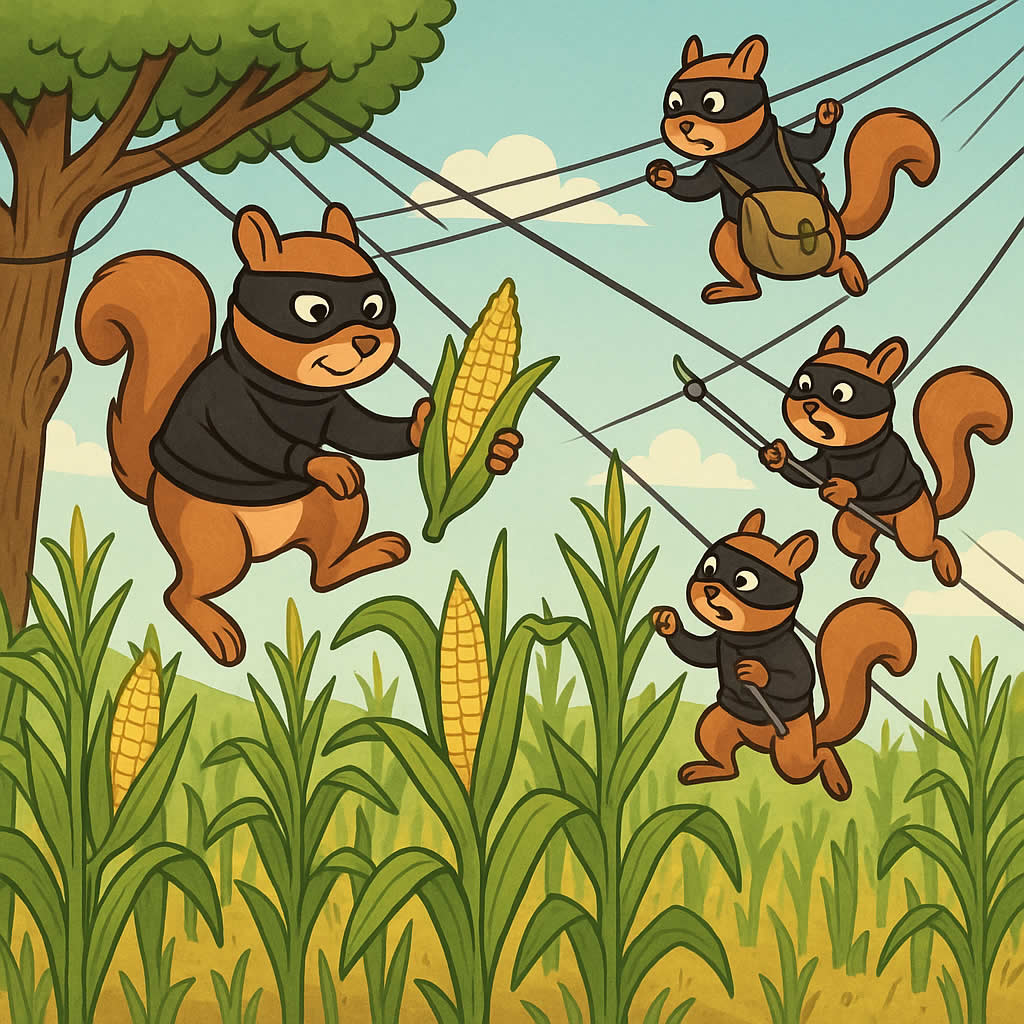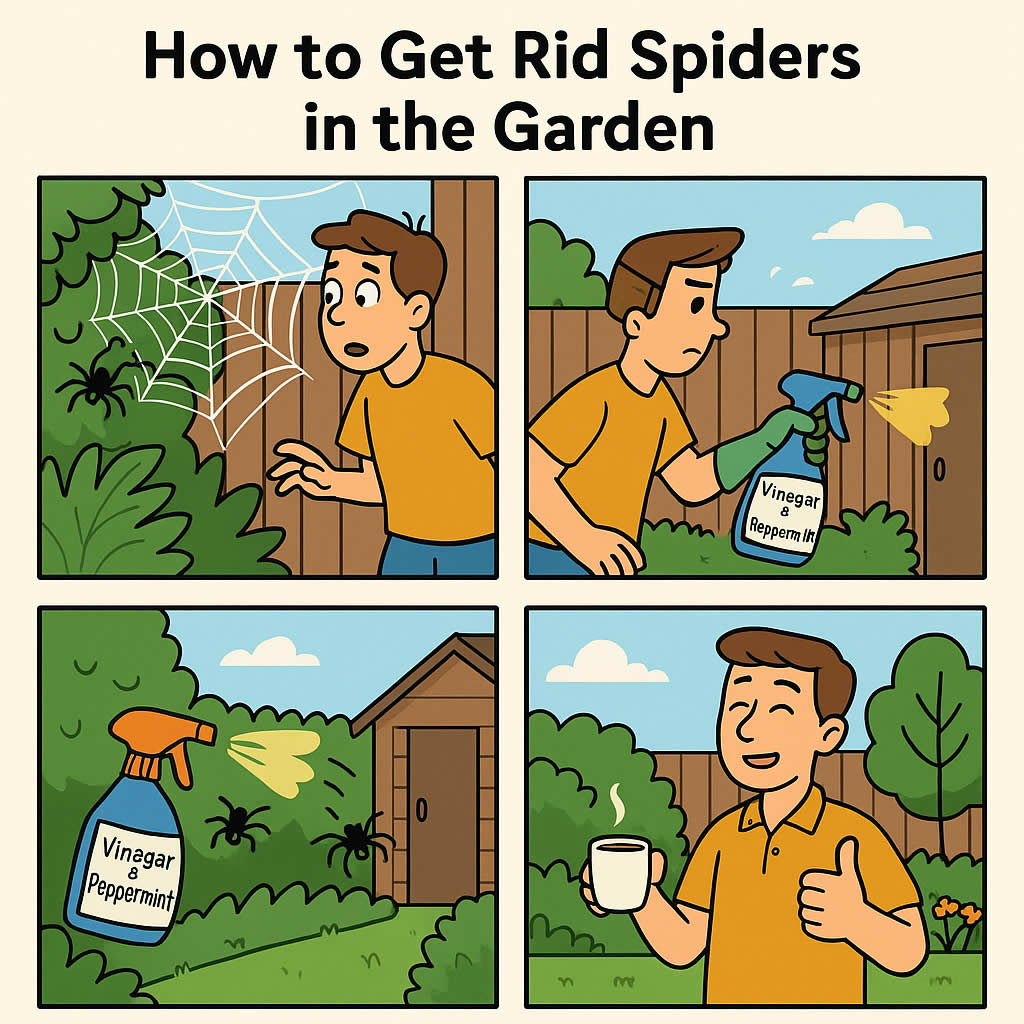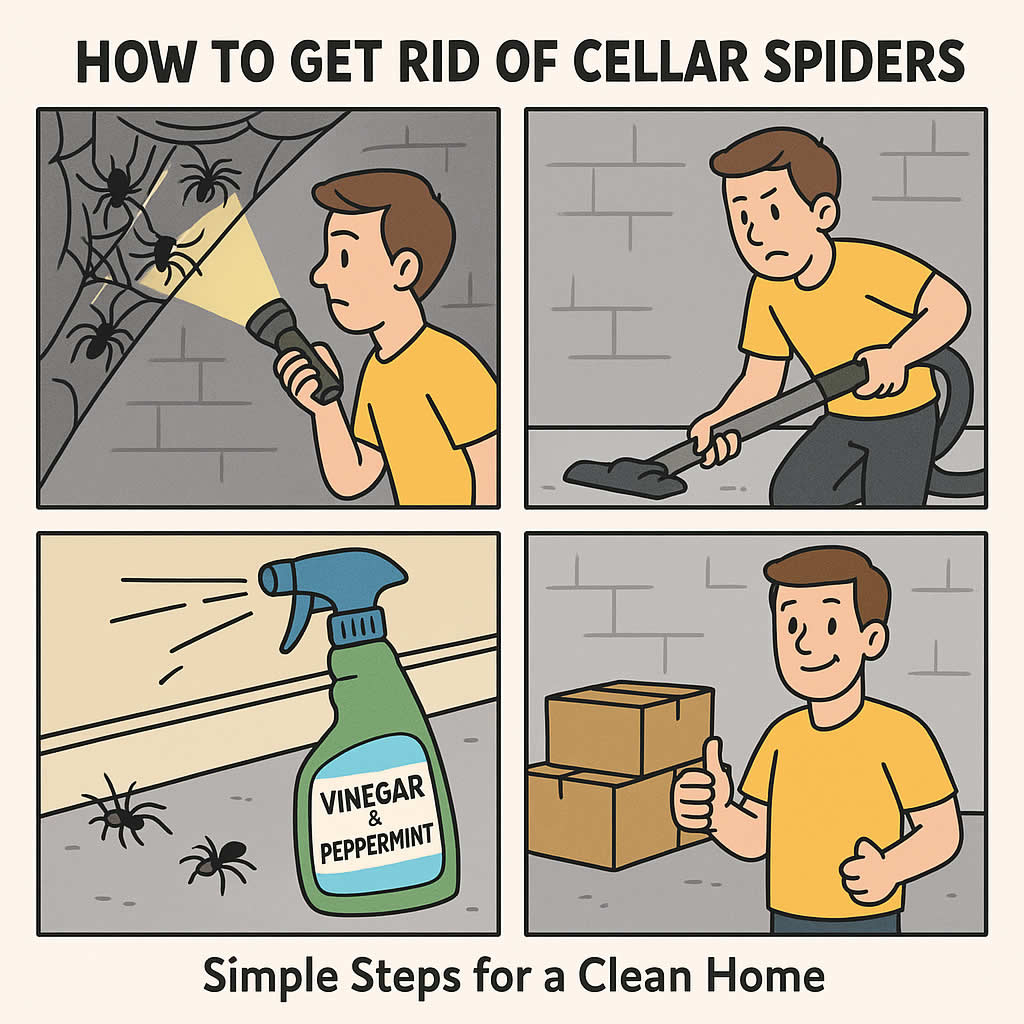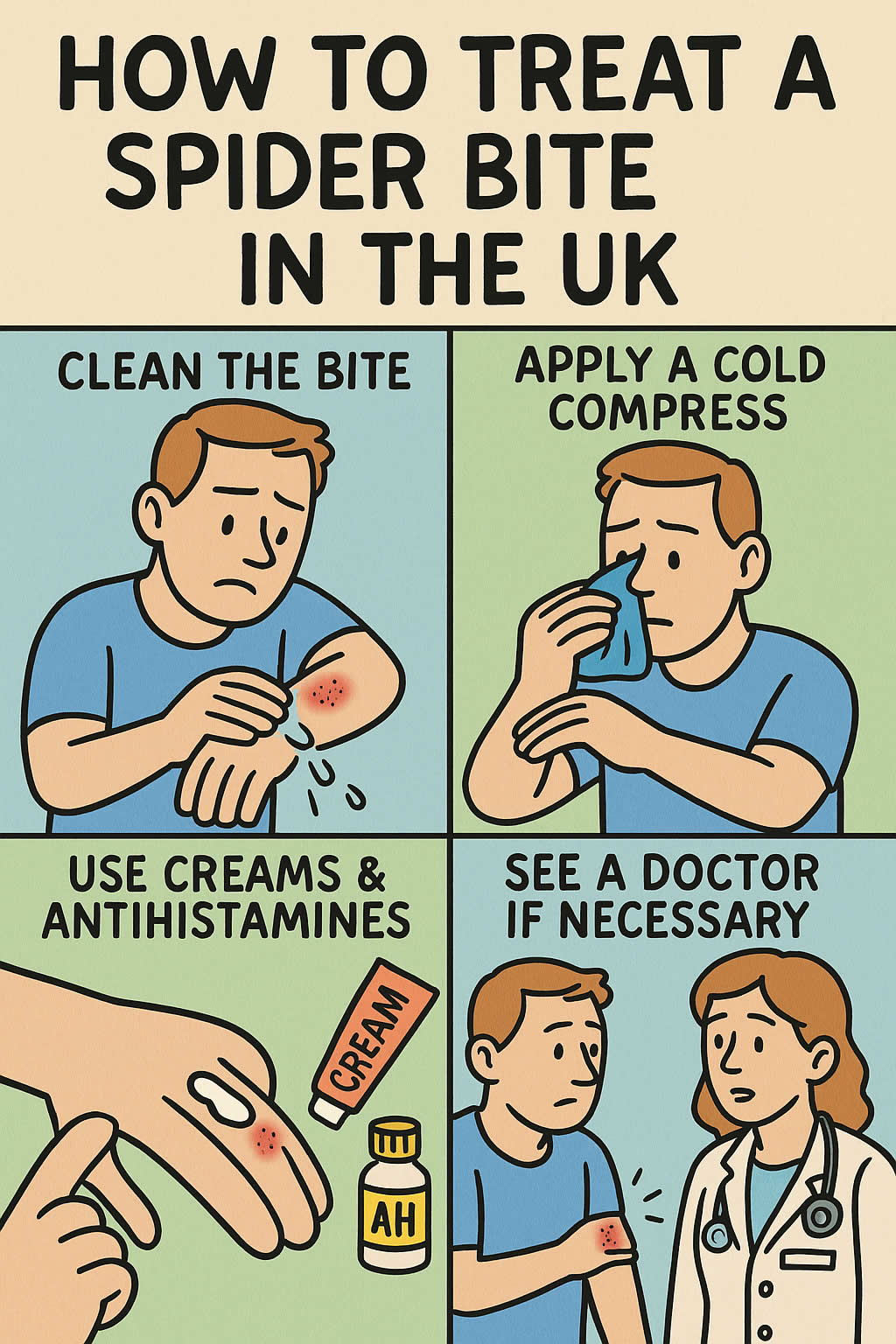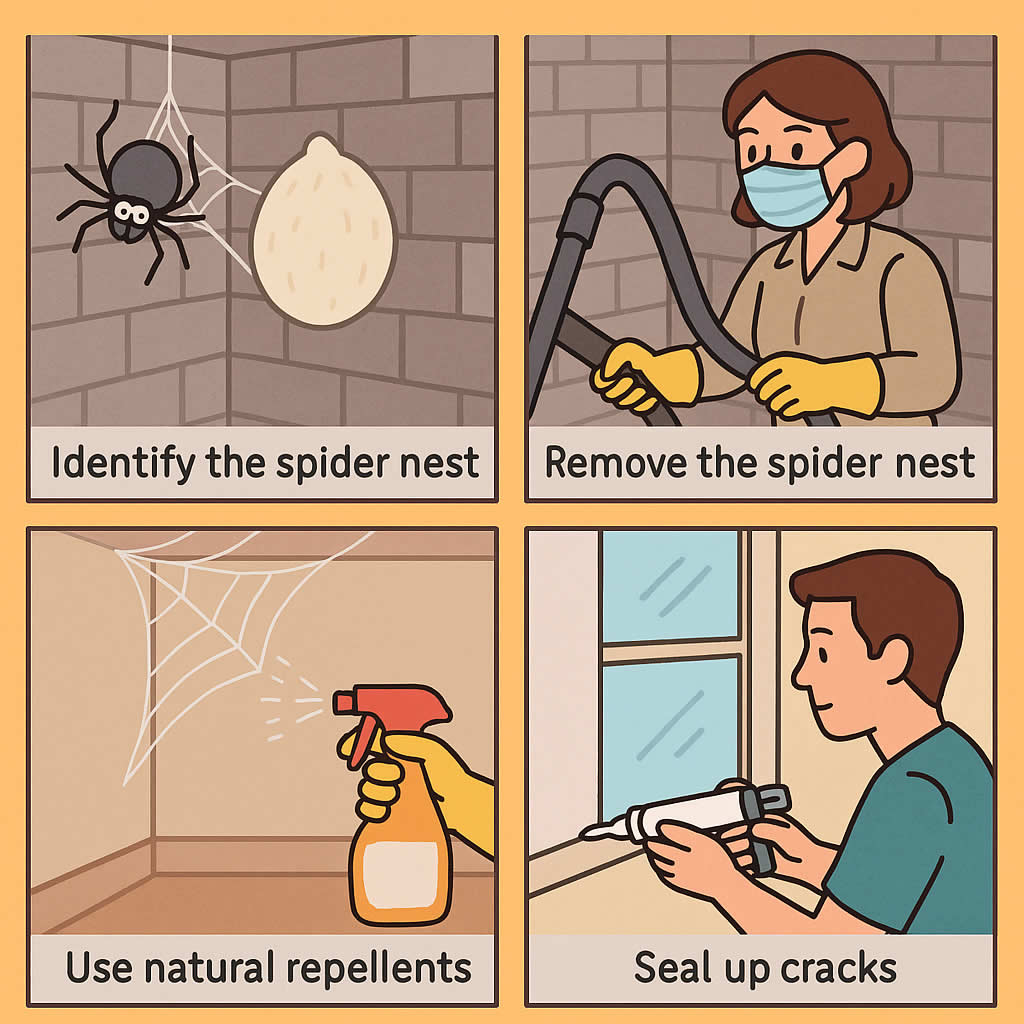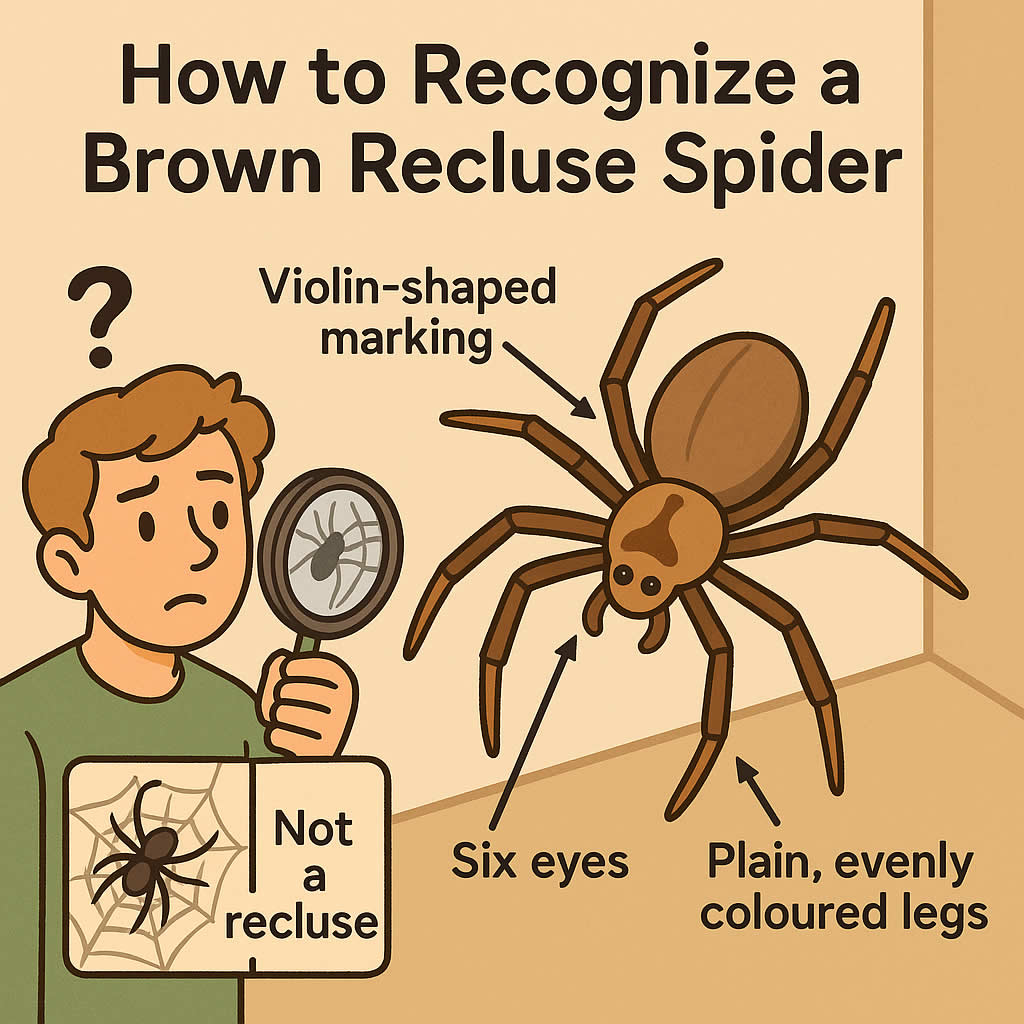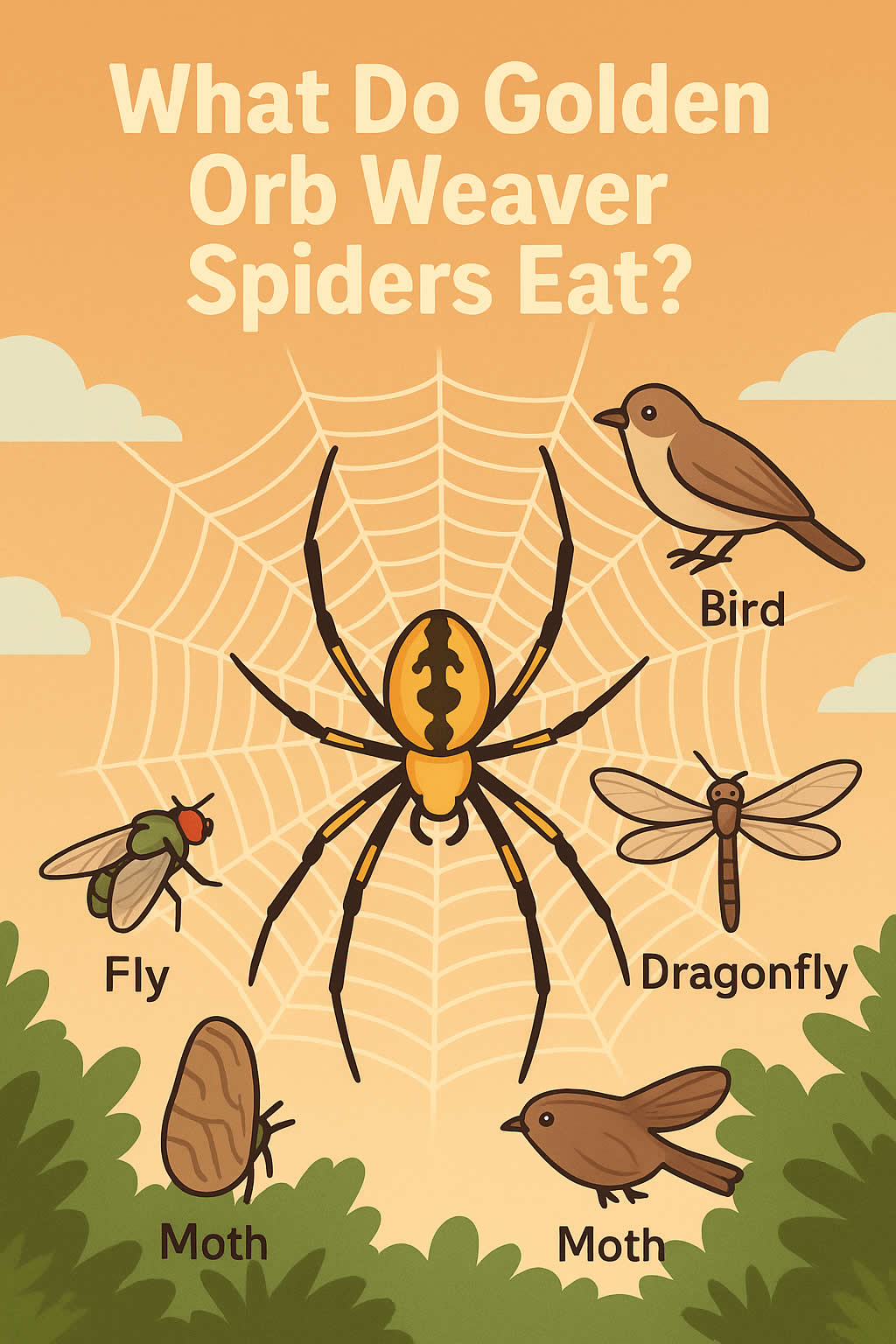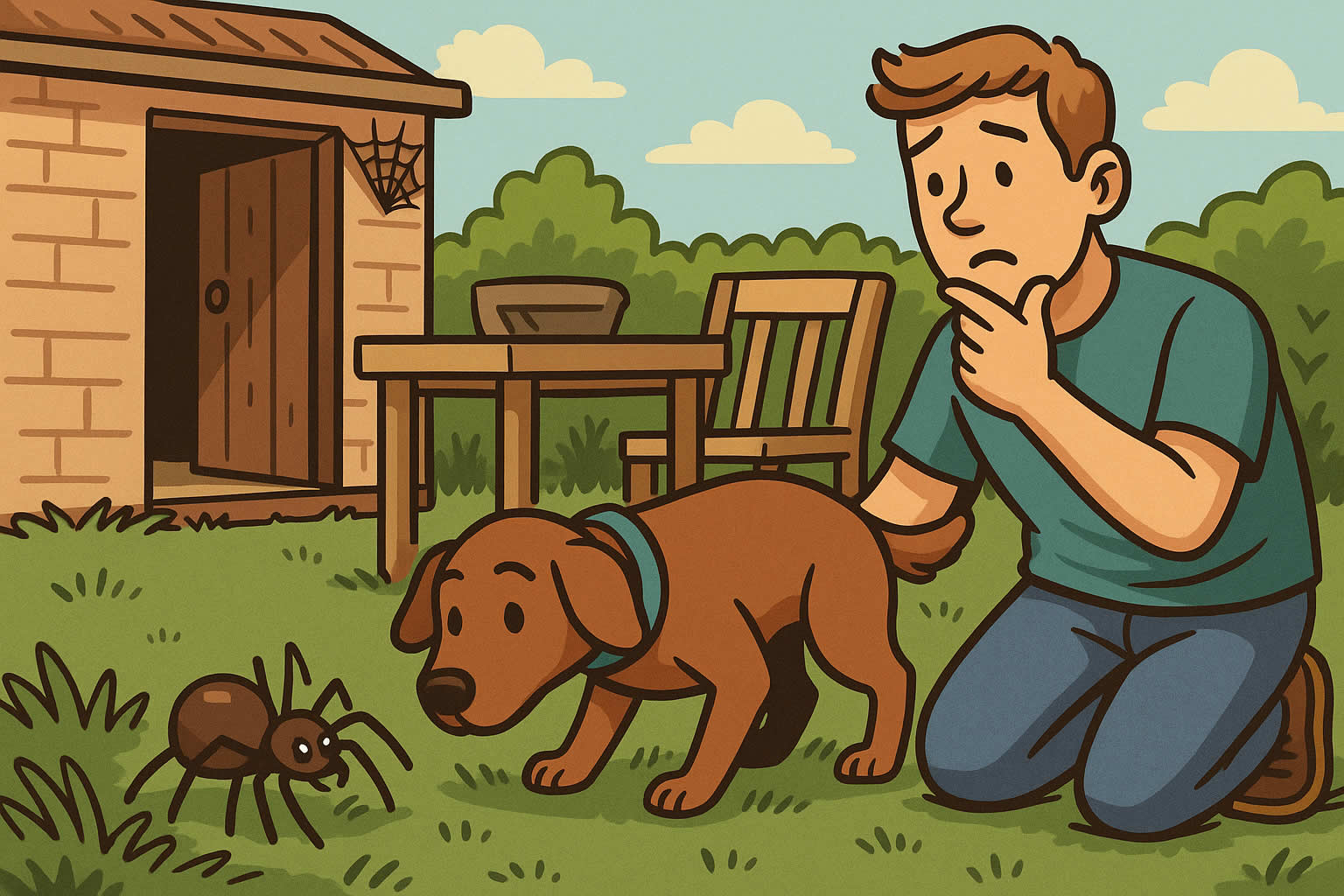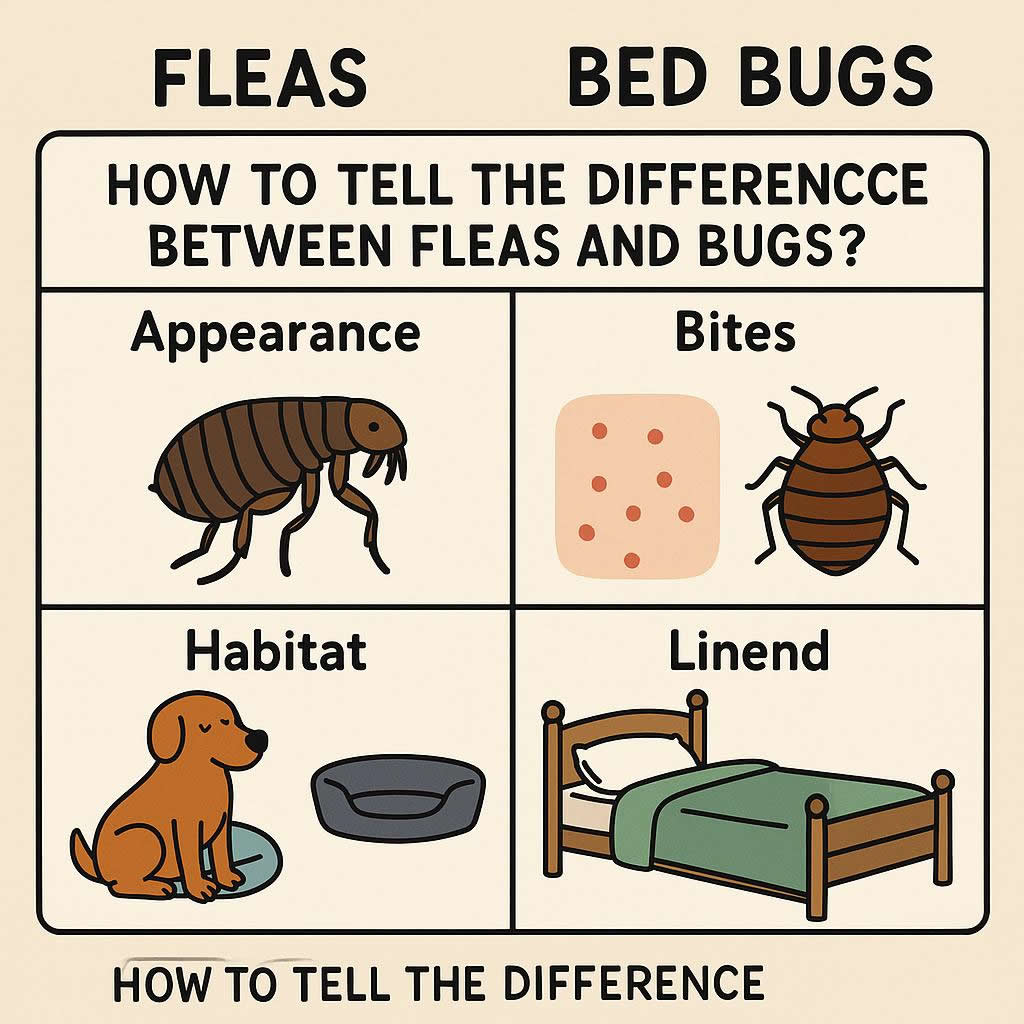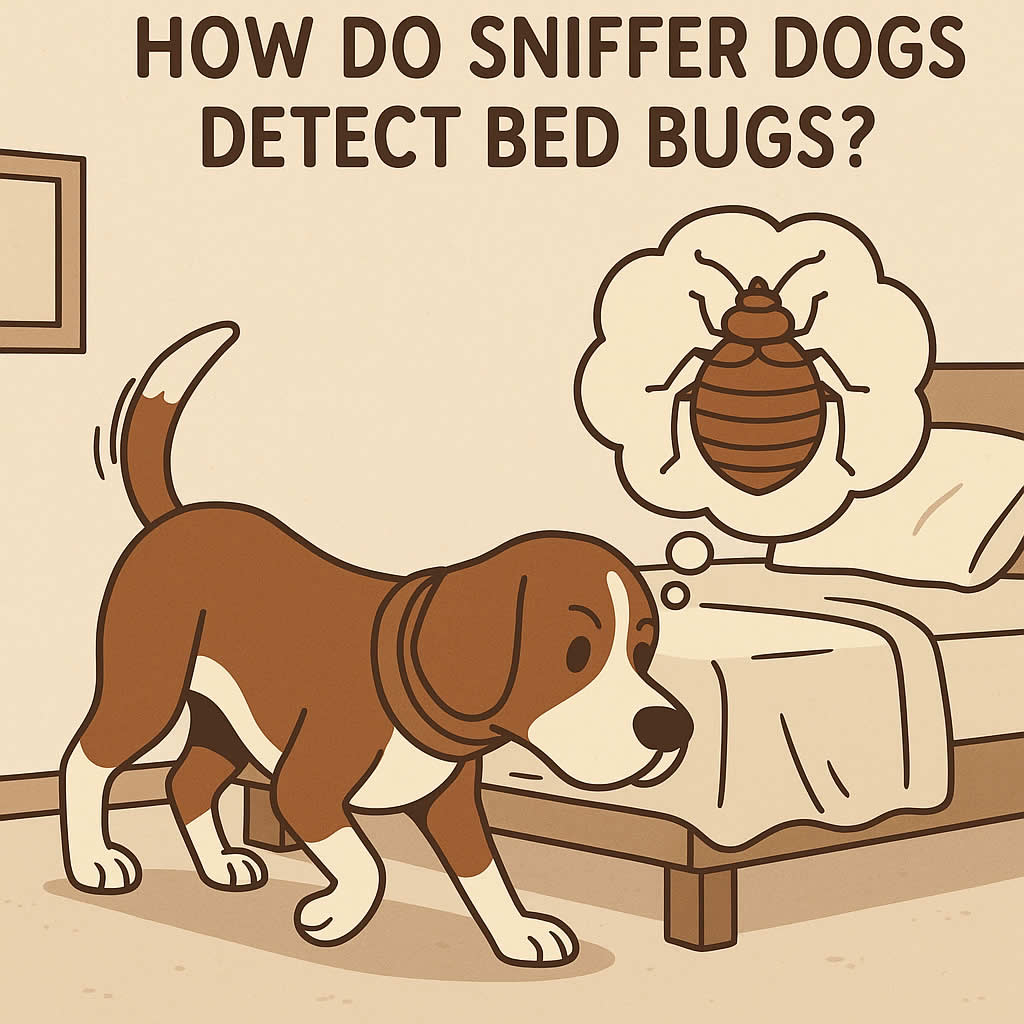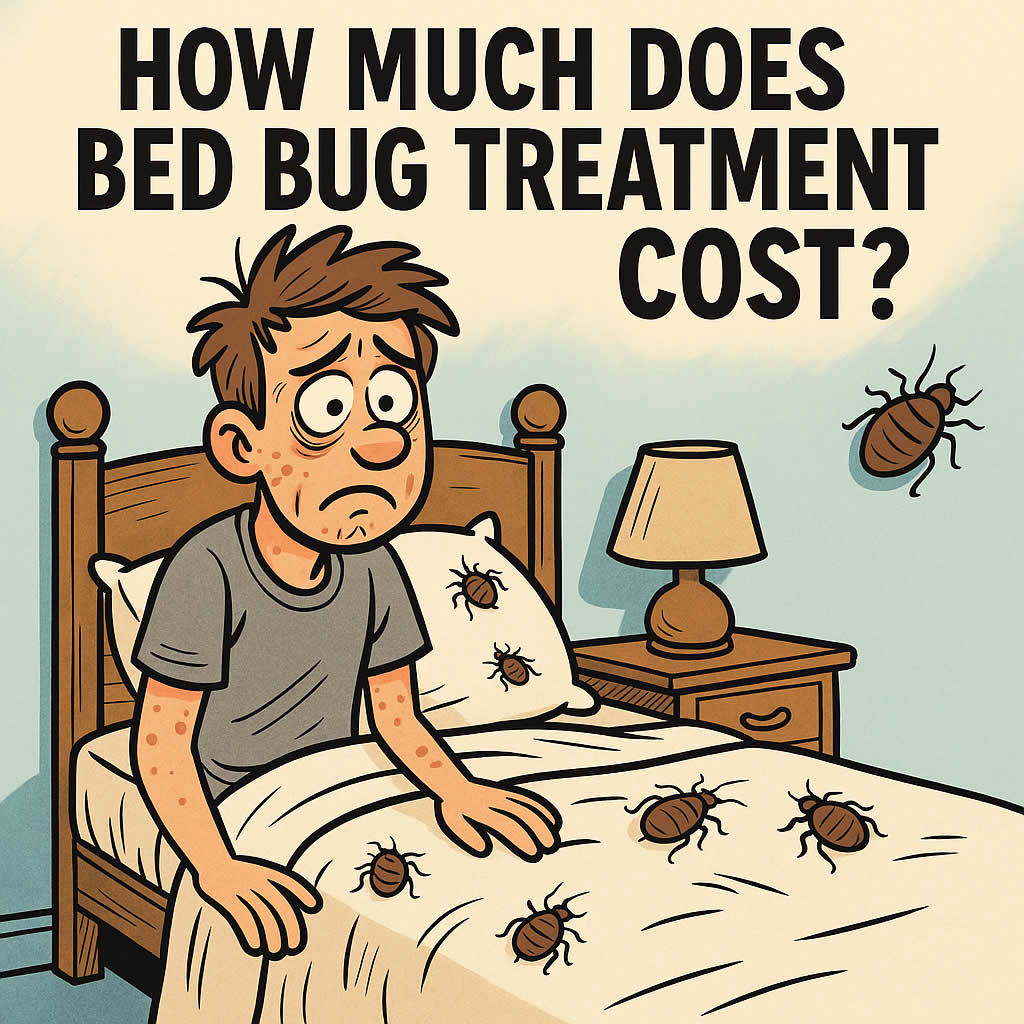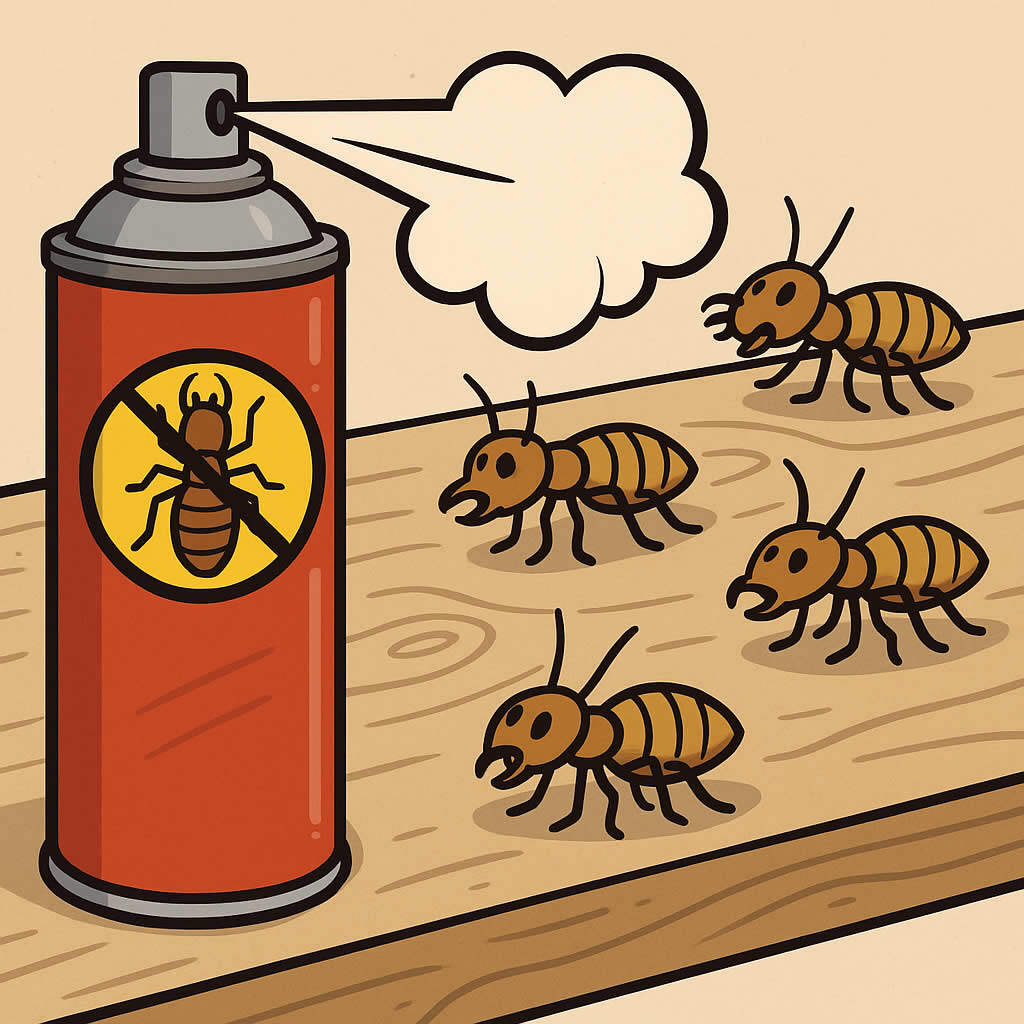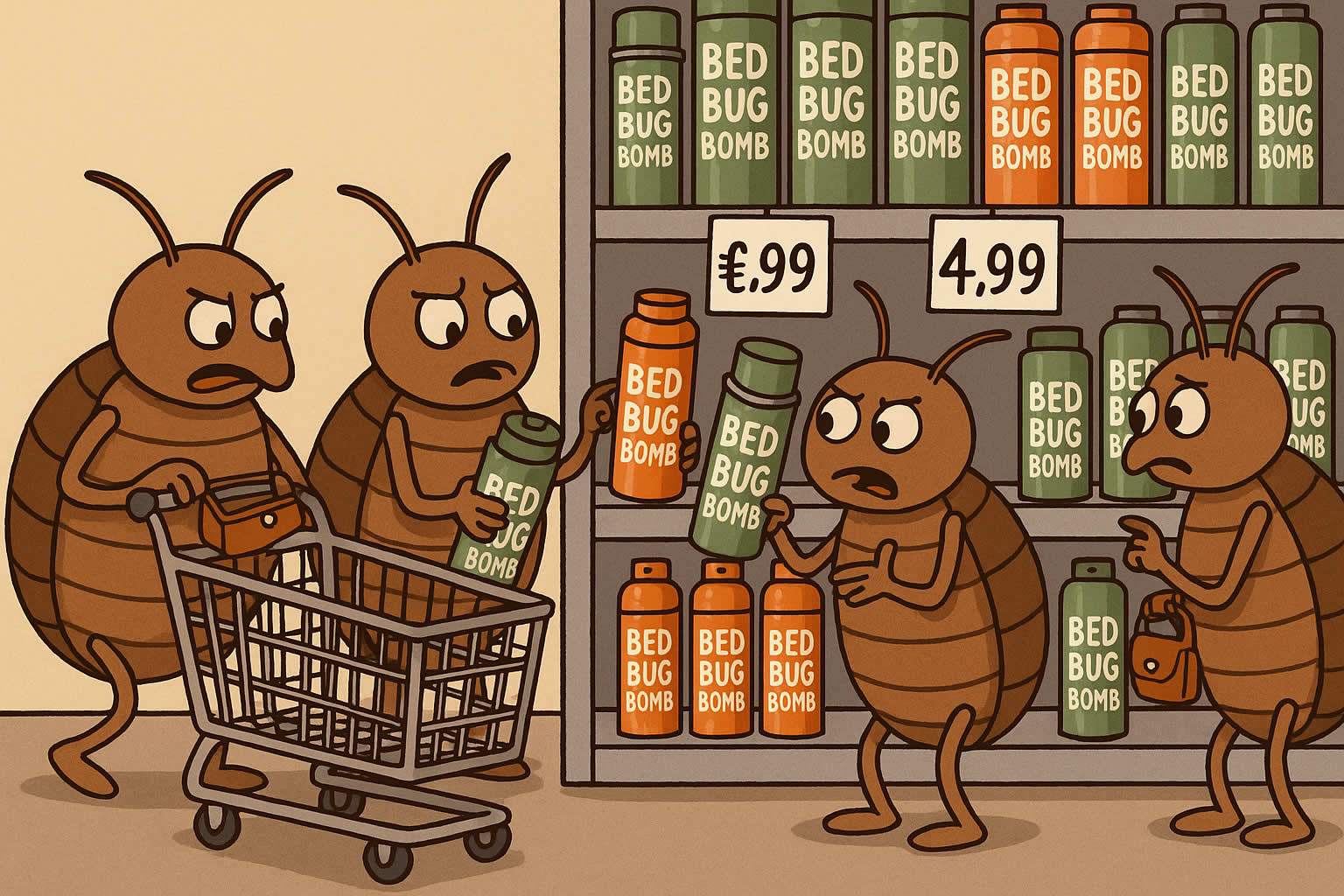Related Queries
ToggleDo squirrels eat corn on the cob? Yes they do, and they’re quick about it too. I’ve watched these backyard raiders wipe out corn crops overnight, leaving gardeners heartbroken after weeks of tending their plants.
These quick creatures wreak havoc in gardens, especially when you have sweet corn, strawberries and apples. Squirrels will climb right up those corn stalks and tear through leaves to get their favorite kernels. Your corn might grow three feet tall, but these determined pests can still destroy all but one of these crops. The quickest way to protect your garden needs several tactics at once. You can try deterrents like coffee grounds and blood meal, but you’ll need to reapply them often. It also helps to put up physical barriers like fencing or chicken wire since these little acrobats are natural climbers.
Understanding Why Squirrels Target Corn
Corn is high in sugar and easy to access
Squirrels go after corn in gardens because of its nutritional value. Most gardeners might assume these clever creatures randomly destroy crops, but they actually eat quite selectively. They zero in on the germ portion of corn kernels – the embryonic plant needed for growth after germination. This part gives them the lipids and proteins they crave, while they usually toss aside the starchy part of the kernel.
Fresh corn works just like a candy bar for animals – packed with sugar and calories but not many vitamins and minerals. Sweet corn’s high glycemic load comes from its starch content. Squirrels find this energy-rich treat hard to resist, and it takes less work to get than their natural food sources.
Squirrels are opportunistic and persistent
These garden pests are tough to deal with because they never give up. Most mammals hibernate, but squirrels stay active through winter looking for food. They’ll keep coming back to your corn patch until there’s nothing left once they find it.
The way they harvest corn shows both skill and determination that drives gardeners crazy. They pull back corn husks bit by bit, about half an inch at a time, then eat every kernel from the cob. Nothing stops them – they dig up new seeds, attack young sprouts, and damage plants that grow 6-8 inches tall.
Environmental changes can increase squirrel activity
Natural food availability affects squirrel behavior through different seasons. Years with poor seed and nut crops in rural areas push squirrels to rely more on garden crops. Studies show wildlife, including squirrels, raid gardens more often when their favorite foods like beechmast become scarce in fall and winter.
Modern neighborhoods create perfect conditions for squirrels to thrive. Natural predators decrease as housing developments expand, which lets squirrel populations grow. Fewer hunters in suburban areas have also led to more squirrels than we saw decades ago.
These insights into squirrel’s behavior and motivation help explain why regular deterrents don’t work well. We need strategies that take into account their need for nutrition, never-give-up attitude, and seasonal eating patterns to keep them away from corn plants.
Early Prevention Before Planting
Your corn protection strategy should start well before seeds touch the soil. Taking action early will save your crop from becoming squirrel food later.
Choose squirrel-resistant corn varieties
No corn variety completely stops squirrels, but smart planting choices can reduce your losses. Growing more smaller ears instead of fewer large ones helps spread the risk. According to gardening experts, “Choosing strategically which edibles to plant is helpful. Losing a handful of cherry tomatoes is not as devastating as a handful of beefsteak tomatoes”. This same idea works well with corn varieties.
You might want to try planting squirrel-deterrent plants nearby. Here’s a time-tested method from Native American farming: “The native Americans planted a squash, bean, and corn seed in the same hole. The corn stalk provides a pole for the bean to climb and the squash deterred raccoons and squirrels from eating the corn because the thorny stems poke their noses when they start snooping around”.
Start seeds indoors or in protected areas
The quickest way to protect your crop is keeping seeds and seedlings away from squirrels. “It’s best to sow seeds indoors, and either net the plants once the cobs start to form or cover individual cobs with bags”.
Protected germination gives you these benefits:
- Seeds and young plants stay safe during their vulnerable stage
- Seedlings grow stronger roots before facing outdoor challenges
- Plants establish better growth before pest exposure
“One of the most important things you can do if squirrels are an issue is to protect your plants. Seeds and young plants are particularly vulnerable, as squirrels will nip off soft shoots and dig up and eat seeds”. So, greenhouses, propagators, or cloches become vital tools for successful germination.
Use raised mounds and spacing to discourage access
I found that changing your planting area’s structure creates natural barriers. Raised mounds about 5-6 inches tall and two feet wide offer multiple advantages.
These mounds help water flow away from corn roots, which stops rot during heavy rains. Plus, “the process of building the mound cultivates and loosens the soil so that the plant roots will easily grow to the side instead of trying to grow straight down”.
Smart spacing makes a big difference too. Plant your corn seeds in a circle about three-quarters inch deep, and keep them four inches apart after germination. This setup helps optimal growth and creates a denser plant formation that squirrels find harder to access.
How to Deter Squirrels During Growth
Your corn plants become a tempting target for hungry squirrels as they grow. A solid defense strategy will protect your developing plants and ensure squirrels don’t feast on your harvest.
Install chicken wire cages around young plants
Metal mesh cages are the most reliable way to keep squirrels away from your corn. These garden-ready barriers protect individual plants or small groups effectively. The ideal cage should be about 16 inches in diameter and 13 inches tall.
The cage’s edges need to go at least 6-12 inches deep into the soil because squirrels can dig under shallow barriers. Larger plantings need enclosures with chicken wire that stands 2-3 feet high, supported by posts at each corner. Note that squirrels are excellent climbers, so covering your enclosure’s top with additional mesh gives you the best protection.
Apply scent-based repellents regularly
Squirrels have a keen sense of smell that you can use against them. Several household items make great deterrents:
- Spicy mixtures: Water-diluted cayenne pepper or hot sauce creates a safe deterrent for your plants
- Natural oils: Cotton balls with peppermint oil placed near corn plants make the area unpleasant for squirrels
- Common kitchen items: Coffee grounds, vinegar, and mint plants scattered in your garden create a protective aromatic barrier
These repellents need reapplication every few days and right after it rains to stay effective.
Use motion-activated deterrents like sprinklers
Motion-activated sprinklers provide a humane and effective solution. These devices use infrared technology to spot approaching animals’ heat signatures and release a quick 2-3 second spray that startles without causing harm.
These sprinklers typically protect an area 30-40 feet in diameter. Squirrels usually change their behavior after just 2-3 encounters with the sprinklers. The best results come from placing sprinklers at likely entry points and moving them occasionally, since persistent squirrels might get used to fixed locations.
Protecting Corn at Harvest Time
Squirrels become more determined to claim your crop as corn ripens near harvest time. Your crop faces the highest risk during the final weeks before harvest. These persistent creatures can destroy your entire corn yield in a single night.
Wrap ripening ears with mesh or plastic bottles
You need physical barriers to keep persistent squirrels away from your corn. Tendamesh works best as a lightweight barrier (approximately 20g/m²) that keeps mammals away from your corn. Make sure you seal all gaps when applying protective covering so squirrels can’t squeeze through.
Here’s a quick way to make barriers from plastic bottles:
- Cut the bottom off a plastic bottle
- Make a vertical cut up the side
- Remove the top portion
- Create a protective sleeve by wrapping it around the corn ear
Your protection gets better if you keep the tapered top intact or use two bottles facing opposite directions. You can also wrap ears with reinforced packing tape about 2 inches below the tip and secure the ear to the stalk. Regular socks pulled over ears work great too once the silk starts browning.
Harvest early if signs of damage appear
Sometimes squirrels might start attacking your corn despite your best protection efforts. You might need to harvest a bit early to save your crop. Look out for chewed husks or partially eaten kernels – these signs mean squirrels have found that there was your corn.
Your corn should be ready to harvest 12-17 days after the silk starts browning. Early harvesting means less sweetness, but waiting too long could mean losing everything to hungry squirrels.
Use decoys or reflective tape to scare squirrels
Visual deterrents help keep squirrels away from your corn. Old CDs strung from trees or stakes around your corn patch create great garden decoys – their flash and movement in the breeze scares squirrels away. Wind chimes add both movement and sound, making your garden less inviting to cautious squirrels.
Motion-activated devices are a great way to get extra protection. You can use lights, noisemakers, or sprinklers that turn on when they detect squirrel movement. These devices work best when you move them around regularly, so squirrels don’t get used to seeing them in the same spot.
Our Final Say!
Your corn needs watchfulness and multiple defensive tactics to keep determined squirrels away. My gardening experience shows that squirrels won’t give up once they target corn. The right strategies can help you grow and harvest delicious corn despite these clever raiders.
Good protection begins before you plant anything. Pick resistant varieties and plant thorny squash nearby. Start your seeds in protected spots to cut down early losses. Chicken wire cages are a great way to get essential protection during vulnerable growth stages.
Scent-based deterrents work well with regular application, especially after rain. No single method keeps squirrels away completely. A mix of different approaches creates a strong defense system against even the most determined squirrels.
Squirrels know exactly when corn reaches peak sweetness, so you’ll need extra watchfulness at harvest time. Your protection efforts should step up during these final weeks. Plastic bottle covers, mesh wrapping, and smart harvest timing can save your crop from overnight raids.
Growing corn is like playing chess with squirrels. These clever pests adapt quickly, so your defensive strategies must change too. Many gardeners give up growing corn after squirrel damage, but these techniques can help you enjoy fresh homegrown corn.
Note that each small win matters. Every ear of corn you harvest is a victory over one of gardening’s toughest opponents. Your corn harvest can thrive despite squirrels’ best efforts if you stay patient and stick to these proven strategies.
Pest Control Bristol – Pest Control Budna – Pest Control Upper Staploe
